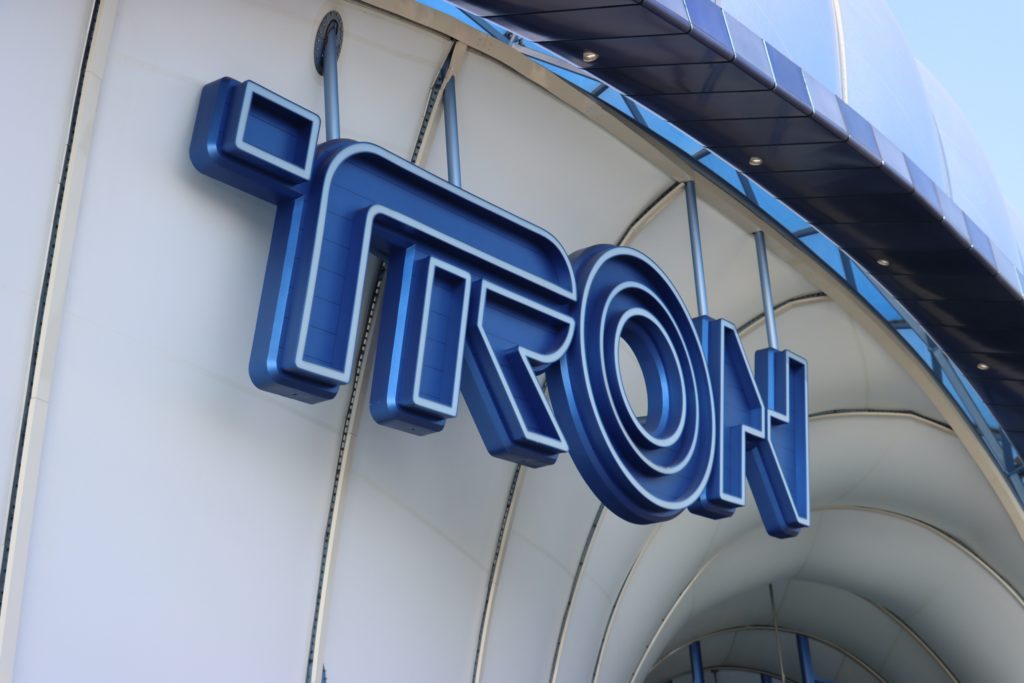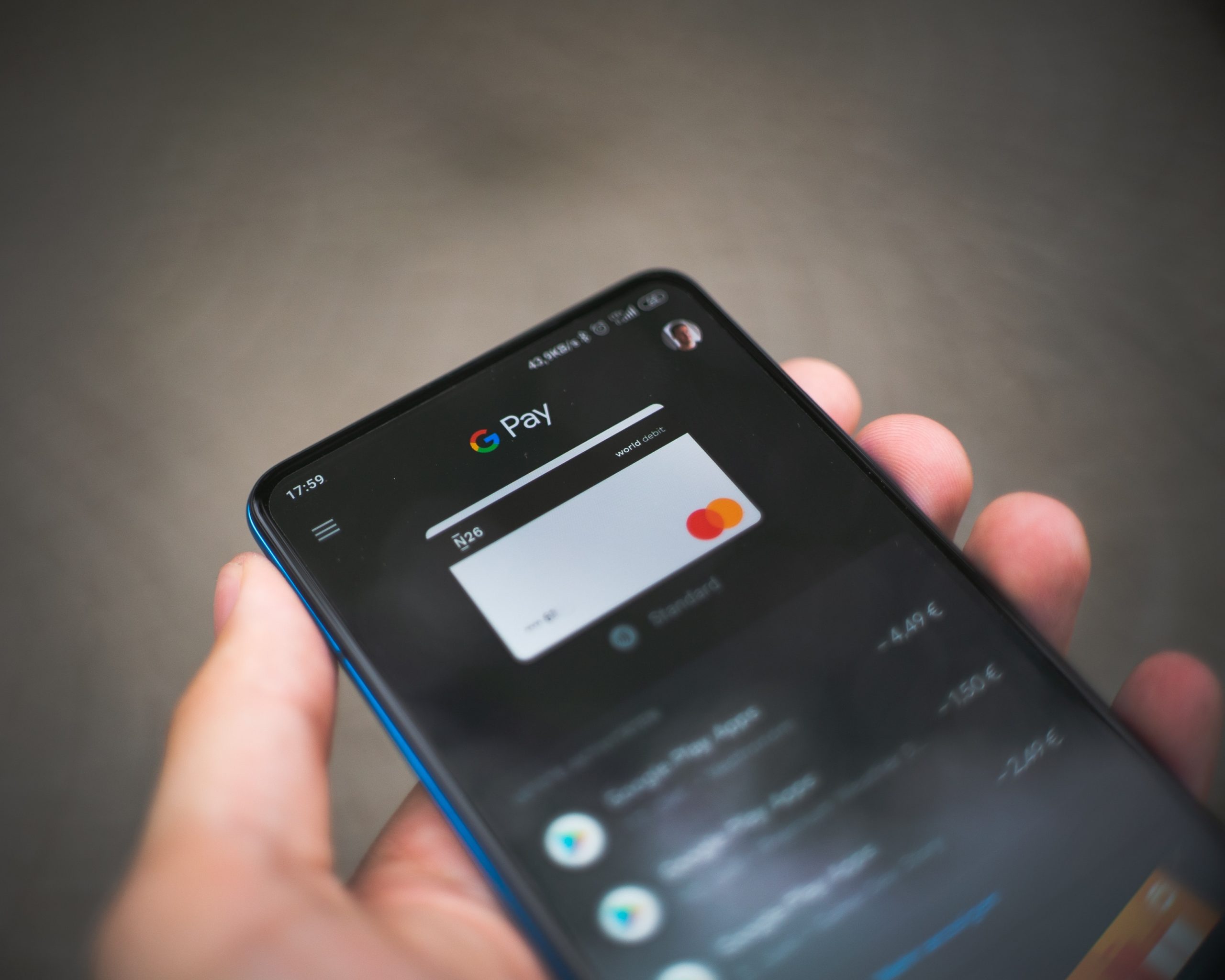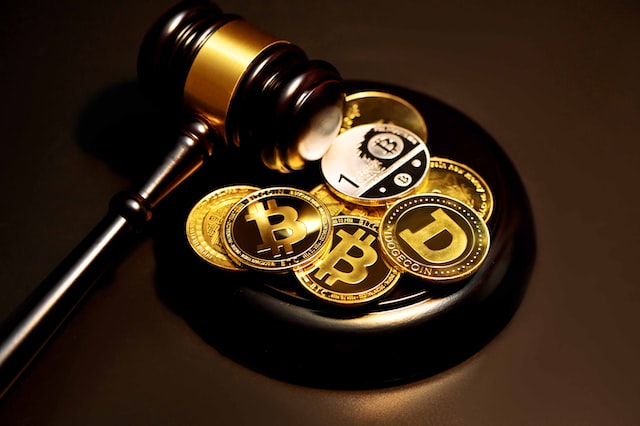Users must pay a specific fee while doing a transaction on any blockchain for it to be executed. Depending on the protocol and network, this charge can be expressed in a variety of units. Energy and bandwidth, two blockchain-specific parameters, are used to determine TRON fees.
The operation and creation of TRON fees will be thoroughly examined in this paper.

The resource model
Energy and bandwidth are the two fundamental system resource units in the TRON network. Each account needs bandwidth, which is measured in transaction bytes, to transmit assets over the network. Each active TRON address receives 1,500 free points every 24 hours.
The other resource unit used to calculate how much compute the TRON virtual machine needs to carry out specific tasks is called energy. Energy points are used to compute the fees for smart contracts. In contrast, energy can only be earned by staking TRX. Daily points are not given for free.
The total amount of resources that TRON’s network may make available each day is capped. As an illustration, the daily fixed supply for bandwidth is set at 43,200,000,000. The number of points that can be created from staking a specific quantity of TRX can therefore be computed using a formula rather than being a set number.
How the fees are calculated
All transaction kinds on TRON use bandwidth points, as we have mentioned. Currently, one sun ($1000) is the cost per unit of bandwidth. The network stores and transfers transactions as byte arrays and the number of bandwidth points required for a transaction is equal to the size of its byte array. As an illustration, if the byte array is 200, the price will be 200 bandwidth points. The more bandwidth resources are used, the greater the transaction.
TRX must be burned from the transmitting account to cover bandwidth points if the account doesn’t have enough of them.
Smart contracts need energy, but they also require bandwidth points to broadcast and confirm the transaction.
TRON is quite friendly compared to other blockchain networks and their resource and cost regimes, which is one of the reasons it has drawn the interest of many developers.
How bandwidth and energy are consumed
To calculate consumption and order points, the TRON network uses its own set of rules. It will first determine whether the bandwidth balance received by staking TRX in the transmitting account is enough to pay the cost. If there is sufficient demand, it will use the staked bandwidth. If not, it will determine whether the transaction’s initiator’s daily free bandwidth points are sufficient and, if they are, use them. The alternative is to burn TRX at a rate of 0.001 TRX per bandwidth to pay for the transaction.
The points produced by staking TRX will be consumed first in terms of energy consumption. If there is not enough energy to complete the transaction, TRX will be taken from the sender’s account to cover the cost of the necessary resources. The unit price of 0.00028 TRX for each unit of energy is used to compute the burned TRX. By specifying the fee limit parameter, the maximum energy cost for a transaction can be constrained.
Staking TRX for obtaining resources
On TRON, freezing or staking TRX is the sole way to earn resources like bandwidth or energy. To gain bandwidth and energy, users can stake TRX by sending a transaction of the FreezeBalanceContract type.
It’s crucial to use an active receiving address when doing this. This indicates that there is or was once a TRX balance at the address. An address must follow this general guideline to be regarded as qualified to receive resources on TRON. Sending any quantity of TRX or TRC-10 tokens from an active account to a new account will activate the account.








